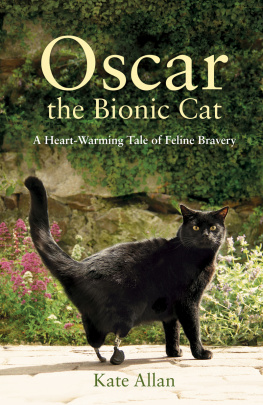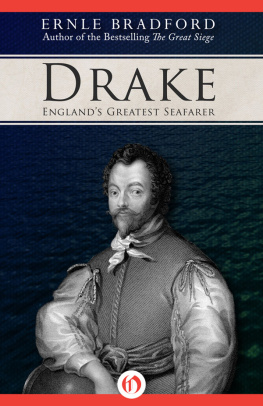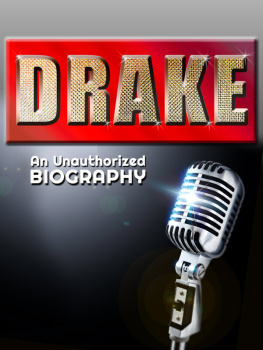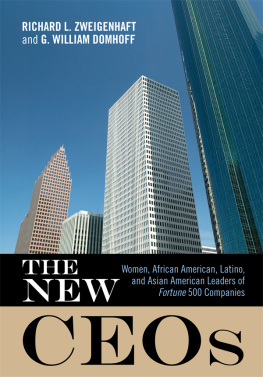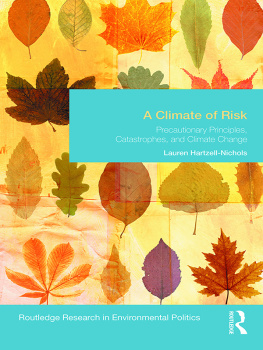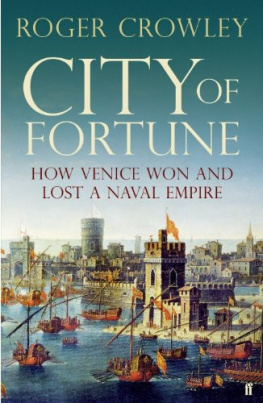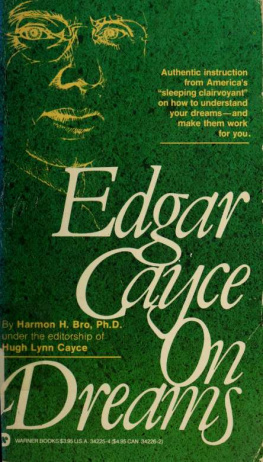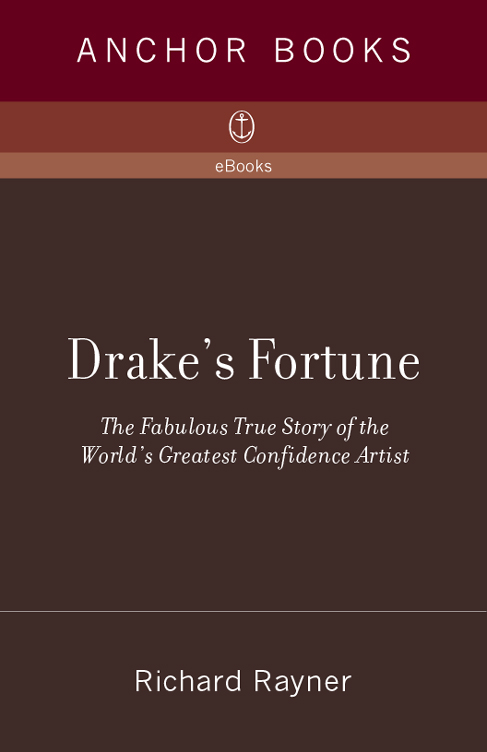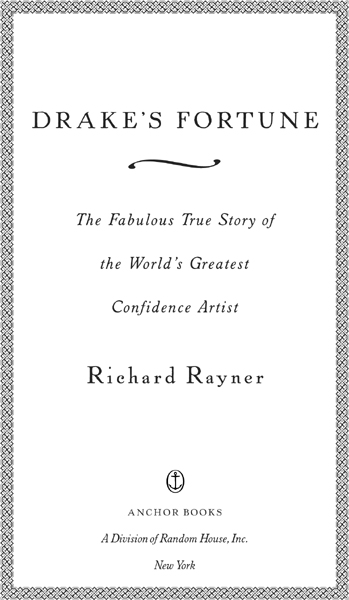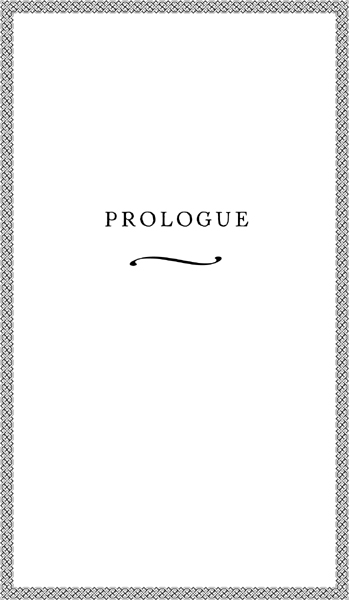CONTENTS

ONE:
TWO:
THREE:
FOUR:
FIVE:
SIX:
SEVEN:
All that deceives may be said to enchant.
Plato
I aint done nothing wouldnt nobody do if they had a chance to make a pile of money.
Chester Himes
N ineteen thirty-three was the height of the Great Depression, an abysmal time. The gaudy spree of the Jazz Age was just a memory, and throughout the world huge numbers of people found themselves condemned to destitution, misery, and despair. In America, Franklin Roosevelt had only recently become president and more than ten million were still out of work. Armies of migrantshomeless, joblessroamed the country, fighting to survive. More than three thousand banks had closed since the Wall Street crash of 1929. A blues song of the era declared: Lord, Im so low down, baby/I declare Im looking up at down.
Americas farmers were especially hard hit. More than a quarter of them had already lost their lands, and the agrarian state of Iowa was in open revolt. Taking their shotguns, their pitchforks, their reaper blades, striking Iowa farmers barricaded roads outside Sioux City and other market towns. They stopped milk and hay wagons and overturned trucks that tried to cross their picket lines. The aim was to stop produce from getting to market and drive prices back up to an acceptable level. Outnumbered law enforcement officers had their pistols snatched away from them. Imprisoned heroes of the farmers union were busted out of jail. Agents of the loathed banks and insurance companies were threatened and intimidated. A judge was kidnapped, hanged until he was almost dead, and made to kiss the American flagbecause hed been trying to enforce an enclosure order.
Faith in the established order had vanished, and there were reasons. In some places the price of corn was minus three cents a bushelif a farmer wanted to sell a bushel he had to bring in three cents. The farmers were frightened and angry, yet these were conservative men who still believed in democracy and the ideals of America; they wanted to work, to live in peace while they supported their families and accrued wealth. They werent looking for revolution; they were looking for hope.
An eyewitness remembered that the situation in Iowa was so tense you could almost smell the gunpowder. Into this atmosphere arrived an extraordinary figure, a man in a derby hat smoking a cigar, a fifty-seven-year-old man with a vast steamship trunk full of silk shirts and costly suits custom-tailored on Londons Savile Row, a heavyset man with a ruddy, jowly face and a smile that demanded trust. His name was Oscar Hartzell. He dressed like a wealthy banker, indeed like one of the mistrusted Wall Street men, but hed once farmed in the area and spoke a language the Siouxlanders understood. He had a rough charm and was always ready with a slap on the back or a cigar for his friends. He had a winning salesmans personality and was greeted by thousands of humbled Iowa folk like a returning conqueror, like a savior. They followed him and believed in him with a respect bordering on awe, worship. And yet hed stolen millions of dollars from them.
Until recently, Hartzell had been living in England, but now hed been fetched back to Sioux City to face a multitude of charges of fraud and misuse of the mails. Another local man, Harry Reed, a U.S. attorney from the nearby city of Waterloo, had the job of securing the conviction, bringing this rascal to justice. At first Reed saw this as a simple matter, for he knew Hartzell to be the biggest confidence trickster of an era that scarcely lacked for them, an artful dodger who in London had restyled himself as a British lord and financed a decade of luxury and high living by swindling between 70,000 and 100,000 Midwesterners.
Things werent going according to plan, however. As the trial began, prosecutor Harry Reed found himself jostled and spat upon, while the crook Oscar Hartzell was lionized and cheered and borne shoulder-high by supporters who steadfastly refused to accept that he was a con man. They believed him their economic redeemer, a man of the people who any day now would turn them all into millionaires. He would lead them out of the swamps of the Depression and toward the banquet table of the Lord. He would lay before them the greatest aggregate of wealth in the world and create an entire new social order. He would do this by delivering into their hands the estate of the Elizabethan sea rover Sir Francis Drake, an accumulation of cash, lands, investments, jewels, gold, gems, and other treasures now worth more than $100 billion. They would all be richrich! Governments would topple, the worlds economy would be turned upside down as if in a doomed socialites cocktail shaker, and Hartzell would emerge in his true colors as a figure of unknown and unspeakable power.
Harry Reed met hundreds of decent people whod been taken by Hartzell, yet not one of them was prepared to speak against him. Afflicted by delusion or mania, they besieged the federal courthouse in Sioux City and threatened to turn the trial into a circus. They were suckers who had no wish to be saved, even from themselves, and Reed, bewildered, wasnt sure whether hed stumbled across a strange hybrid of religious revivalism or into the pages of some fantastic novel. At the center of it all was Oscar Hartzell, grinning like a benign patriarch, a huckster, a charmer, a pied piper who wore an English-style pince-nez attached on a loop to his breast pocket and assured his devoted followers he would soon be more powerful than Roosevelt, than Hitler, than Mussolini, and then the worlds greatest wealth would all be theirs.

I first came across the story of Oscar Hartzell in Jay Robert Nashs book Hustlers and Con Men, an anecdotal history of swindles down the ages, a compendium of the grift. The back cover had a photograph of Nash, a Chicago journalist and entrepreneur (himself something of a Gatsby figure), leaning forward with an impish smile to light a cigarette for Joseph Yellow Kid Weil, the most famous American con man of all, the model for the Robert Redford character in the movie


